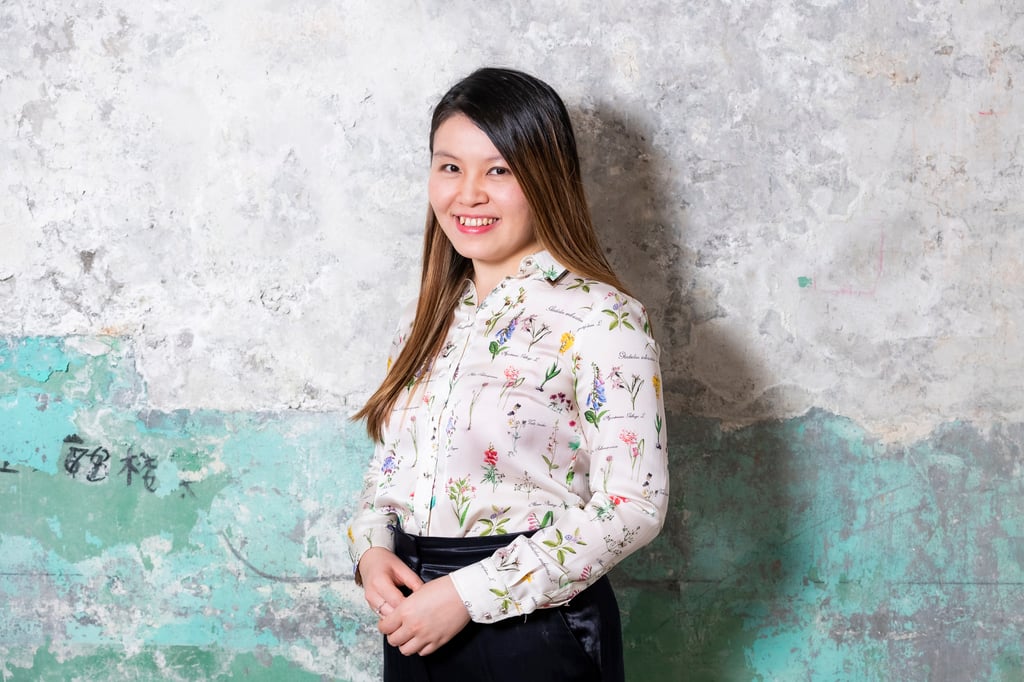Why viscose fibre could be a possible solution for the sustainable future of fashion
- Advocates of sustainability, newer technologies and greater transparency have helped to tackle fashion’s negative environmental impacts
- Three Asia-based experts explain how the industry can make significant advancements towards becoming more eco-conscious

The environmental impacts of the fashion industry – and along with it, the textile industry – can be alarming. Fortunately, the industry is evolving, with many players pivoting to focus on reducing the negative environmental effects resulting from the growth of fast fashion.
In April, the Sustainable Markets Initiative’s Fashion Taskforce – set up by the recently proclaimed King Charles III – announced its Regenerative Fashion Manifesto, which outlines the need to move towards an industry that is both “climate and nature positive”. The task force includes major brands such as Burberry, Chloé and Stella McCartney.
“Other efforts [towards sustainability] have included reducing the dependency on finite resources like fossil fuels, reducing the use of freshwater, reducing/eliminating the use of hazardous chemicals and dyes, and a more recent topic is reducing microplastics released from textiles,” Nicole van der Elst, a council member of Singapore’s Textile and Fashion Federation (TaFF) and chairperson of TaFF’s sustainability steering committee, explains. “Companies in the industry are also expected to be transparent about the environmental impact and progress made.”

Eugenia Law, assistant curator of learning and community at Hong Kong’s Centre for Heritage, Arts and Textile (CHAT), agrees. “A responsible brand or manufacturer should be open enough to let consumers understand their manufacturing process, including where their materials come from – each stage of production has to be traceable,” she says. “With this information, customers can be more conscious about what they purchase.”
An industry now “woke”
The production of renewable and biodegradable man-made cellulosic fibres (MMCFs) such as viscose/rayon, lyocell, modal and cupro – which form the second biggest cellulosic fibre group after cotton – has the potential to tackle some of the most significant sustainability challenges facing the apparel industry and the broader textile industry.
For example, MMCFs’ unique prospects for realising circular fashion contrast sharply with the linear models of economic growth that have left many ecosystems on the verge of collapse, according to Forum for the Future, a leading international sustainability non-profit organisation.